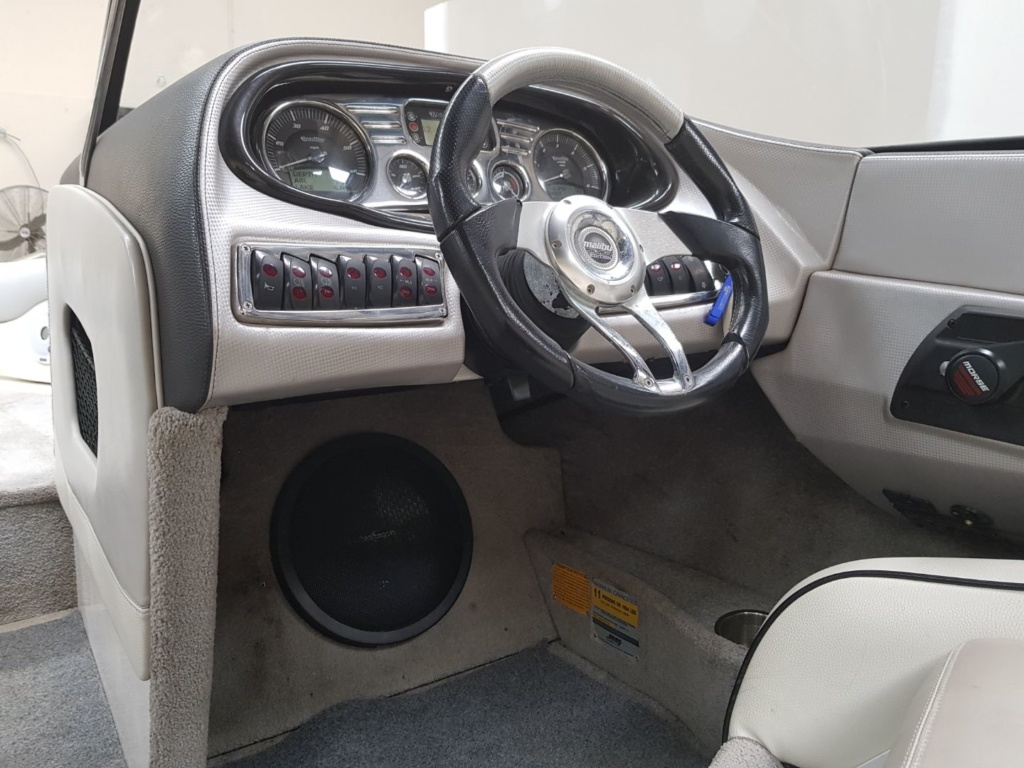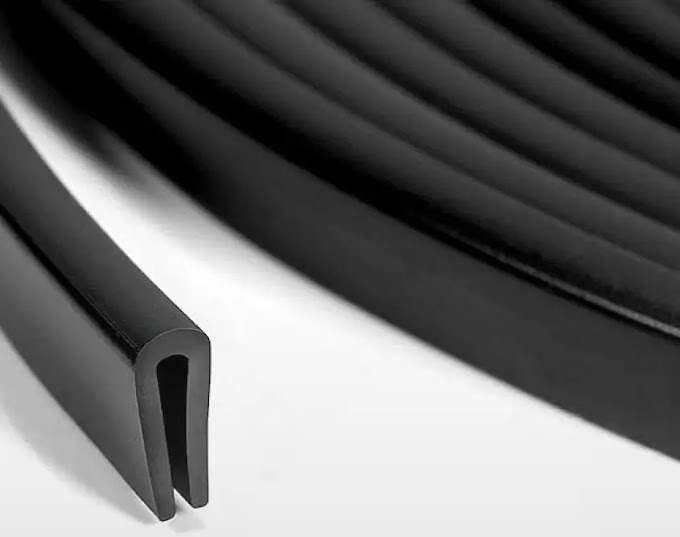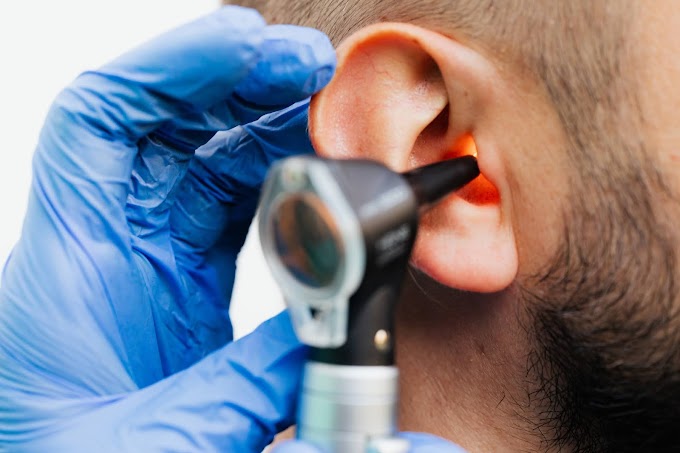If you’re a frequent traveller, a
navigation or GPS app is probably one of the most used apps on your smart phone.
They’re particularly useful when driving on unfamiliar roads or trying to find
local sights to see.
Many cars, however, come with in-built
navigation systems so that drivers don’t need to rely on their smartphones. You
can easily check the screen to see where you are and hear directions. You don’t
have to look down at your phone or try and install a device to work with the car’s audio system.
However, you might be wondering if one is
better than the other.
Smartphone apps are common place but surely
it makes sense to have a dedicated in-built navigation system. To help you
figure out which one is right for you, we’ve put together the following list of
factors for you to consider.
- Maps
Maps are about more than finding the best route. Digital maps can provide the latest updates on traffic, road closures and alternate routes as you drive. Many GPS apps feature this information as standard and for free.
However, these kinds of live updates require an active internet connection. This continued connection can quickly consume your mobile data. You can download maps of areas onto your phone to use in an offline mode but you won’t get live updates.
Moreover, GPS apps might not be useful in the areas where there is a busy or poor signal. They may not accurately pinpoint where you are or provide incorrect information.
In-built navigation systems are just as accurate and as fast as GPS apps. Additionally, you don’t have to worry about running out of mobile data, particularly if you’re in an unfamiliar area. Some even offer live traffic updates, but these can come with a subscription fee.
Many in-built navigation system users say that they have not experienced issues of the system failing to locate them or giving incorrect information.
On the other hand, GPS apps tend to have more user-friendly search options. They can give you general results, like a chain store, so you can see a number of locations rather than needing to type in a specific address in the in-built system. - Screen
In-built systems have bigger and clearer screens, which means the driver can see directions better while travelling. Because of these larger screens, they can also fit more information without making it hard for you to see the route. This can include speed limits for the road, upcoming directions and estimated travel times and arrivals.
On the contrary, unless you have mounted your smartphone using a mobile holder (an additional expense, which is not required for an in-built system), driving while looking at your phone is dangerous and becomes both a safety and legal concern. It can also be difficult to clearly see the map on a smartphone screen.
Smartphones have better touch functionality though. You may need to press harder than usual on an in-built navigation screen. They are generally more durable though and unlikely to crack easily. Read our another blog post on "Upgrade Your Car Audio System by Adding Bluetooth" - Usability
If your car has an in-built navigation system, then it will also be connected to a lot of other features. These features can include audio, like radio and music streaming; phone connectivity so you can make and receive calls; and even a rear-view camera. Having everything in one place and already connected can make for a more seamless driving experience.
On the contrary, using a smartphone while driving is illegal in Australia, unless it is secured in a car phone mount. If you want to then connect your phone to your car’s audio system, to play music or receive voice directions, you will need to use an auxiliary cord or Bluetooth. This technology can be difficult to set up and use effortlessly. Similarly, some products can be inferior and a waste of money - Cost
A smartphone is something that almost everyone has and GPS apps, like Google Maps, Apple Maps and Waze, are free to download and use. There’s no cost for using a GPS app, unless you need to get extra items like a mobile holder, charging cable, and Bluetooth connector or AUX cord.
It is possible to use a GPS app and drive without these items, but it can be difficult and potentially illegal. Unless you’re regularly driving with a passenger, you will likely need to purchase at least one of these items.
On the contrary, in-built navigation systems are costly. But they increase the value of your car, and you may get back more from what you invested during the selling process.
Final verdict
The final decision whether to use in-built
navigation systems or GPS apps depends on how often you travel.
If don’t need navigation often and use your
car typically only for daily commute, then a smartphone GPS app is enough for
the rare cases when you may need help.
But if you frequently travel, particularly
long distances and through new places, then it’s best to have an in-built
navigation system. You can see better, hear better and ultimately drive better.









Social Profile